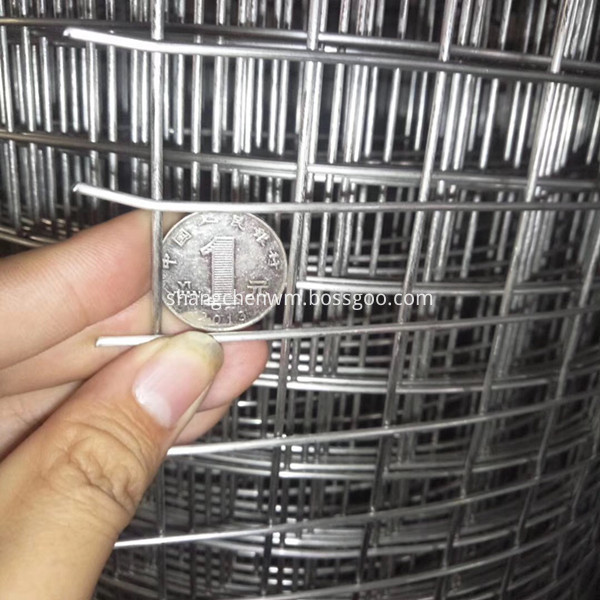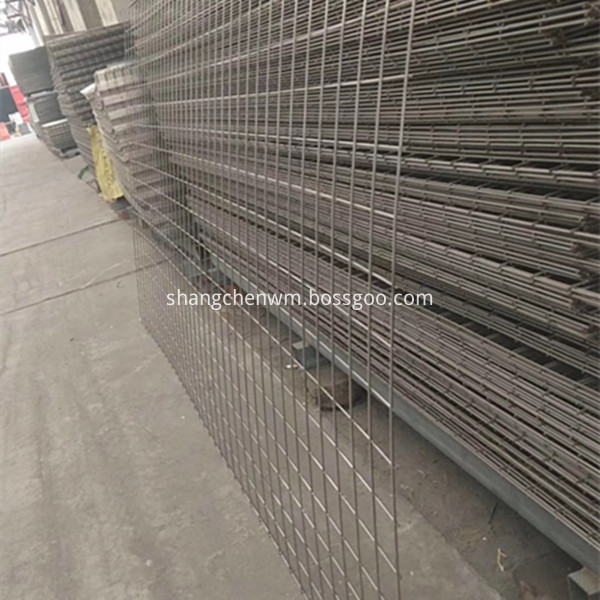Regeneration of sorghum is the use of sorghum stem nodes sprouting on the characteristics of strong buds, the first season of mature harvest, the use of stem base node cicada, heading for the second harvest. The reclaimed sorghum has the characteristics of labor-saving province, short growth period, large potential for yield increase, and high benefits. According to the demonstration and promotion of Hechuan City in 2002, the average yield per mu reached 331.8 kilograms, which is equivalent to the first quarter, and the high-yield blocks of soil exceeded the first quarter. Retaining and regenerating sorghum can realize “one type of harvest and two collectionsâ€, and its output and output value are twice that of corn. In 2003, the city should make full use of soil slopes, drought-prone lands, Y-fields, and reserved fields for soybeans and wheat, and vigorously promote the planting of sorghum and the regeneration of sorghum. In order to further increase production and give play to the benefits, we hereby propose the following cultivation technical advice. I. Variety selection Due to poor regenerative capacity and low yield of local varieties, crossbreds with strong regeneration, high quality and high yield should be selected, such as “Zongza 4â€, “Qinghaiyang†and “Xiangyouyou 1â€. No." and other varieties. Second, a good first season, timely sowing: to retain the regeneration of stilts must focus on the first quarter, consider the second quarter. From the first quarter onwards, we must pay close attention to early sowing and early management, promote early maturation and early harvest. Harvest the first season before the end of July to ensure that the regrowth sorghum can head in mid-September to capture two seasons of high yield. The best time for sorghum sowing in low altitude areas and mulching film in Pingba, valleys, shallow hills, and mesas, etc. in our city is in early March, and in deep hilly areas not to exceed mid-March. 2, a reasonable close planting: regardless of the nest (with plant) or net, must be reasonable close planting. General nest 25 cm, spacing 45 cm, acres planted 6000-7000 strains, planted by half. 3, rational fertilization: To increase the first quarter of production, lay a good foundation for the regeneration of sorghum. In the first season, Gaochun: First, apply the base fertilizer, Mushi 25% compound fertilizer 40 kg or 35% compound fertilizer 30 kg or 20 kg of BB fertilization, even after spreading the soil preparation, planting seedlings Mushi human livestock manure water 1500 Kilograms; the second is the replanting of jointing and panicle fertilizer, applied 7-10 days before heading sorghum heading, generally Mushi 1000 kg human urea and 10 kg of urea; third is the timely application of renewable sorghum bud fertilizer, in the first quarter of high ç²±9-12 days before harvesting fertilization, Mushi 1000 kg of livestock manure. 4. Harvest the first season in due time: When the grains in the top and middle parts of the tassels turn red, they can be harvested. The culms should be cut in time after the harvest in the first season. When the culvert is chopping, the guillotine must be sharp and the speed must be fast. The crushing degree of the stalk should be reduced as much as possible. Since the stalk is crushed, it can easily cause rot and affect regeneration. Third, leave the pile and management 1, leave the pile: low piles to stay buds, generally to leave two knots near the ground for regeneration, leave the pile height 4-6 cm. According to large-scale surveys, the low economic retention sites are better than the high retention sites in terms of major economic traits such as plant height, stem diameter, ear length, and ear weight. After cutting the culms, the stalks should be combined with the drying stalk to cover the piles. The first is to reduce the evaporation of surface water by high temperature; the second is to reduce the water loss of the stalks and promote seedling emergence. When 5-7 cm of seedlings are to be regenerated, the straw on the regenerating seedlings will be uncovered in the evening and covered between the rows. 2. Fertilization: Immediately after harvesting in the first season, deep ploughing can promote a large number of new roots. Then fertilize, generally Mushi 1,000 kilograms of human feces, urea 8-10 kg. In the event of a drought, cleansing water is applied and the straw is continuously covered between the rows. The sorghum sorghum was re-fertilized once at the booting stage, and the quantity was consistent with that of the first panicle. 3, to the lotus root: After the regeneration buds are drawn out, in order to make the axillary buds grow uniformly, the seedlings should be sparsely seedlings 2-3 times in a timely manner, so that in addition to stay on, in addition to weak and strong, in addition to squeeze uniform, generally each stubble Two are appropriate, which can guarantee a certain population structure and ensure individual development. Diseases and pests control The pests and diseases of sorghum are mainly anthracnose, mussel, corn borer, giant salamander, sorghum, and mane flies. Among them, the occurrence of corn root, corn borer, and large borer is more serious. Millet spikelets on the spikelet net food damage ear and grain, should be used in the flowering period with 25% of insecticide double water 200 ml or 90% insecticidal single wettable powder 35 grams water 50 kg spray 1-2 Time to prevent and control. Corn borers and giant salamanders use larvae to injure their hearts and stems, forming mosaics, dead hearts, and dry ears. They can be controlled by the use of carbofuran or insecticides. At the same time, attention should be paid to the prevention and control of other diseases and pests. It is forbidden to use trichlorfon and dichlorvos in pest control so as to avoid phytotoxicity.
Welded Wire Mesh
Welded Wire Mesh
The welded wire mesh including high quality low carbon steel welded wire mesh, stainless steel welded wire mesh, galvanized welded wire mesh, PVC welded wire mesh, etc.
Weaving type and characteristics: galvanizing before or after welding, hot-dipped, electro galvanizing, PVC coating. Strong corrosion-resisting and oxidation-resisting etc.
Usage of welded wire mesh: Widely used in industry, agriculture, building, transportation, mine, playground, lawn, cultivation, enclosure fence, decoration, machine protection, etc.


Welded Wire Mesh,Galvanized Welded Wire Mesh,PVC Coated Welded Mesh,Stainless Steel Welded Mesh,Black Welded Wire Mesh,Stainless Steel Welded Wire Mesh,Welded Wire Mesh Sheet,Stainless Steel Wire Mesh Sheet
ANPING COUNTY SHANGCHEN WIREMESH PRODUCTS CO.,LTD , https://www.scwpwiremesh.com

